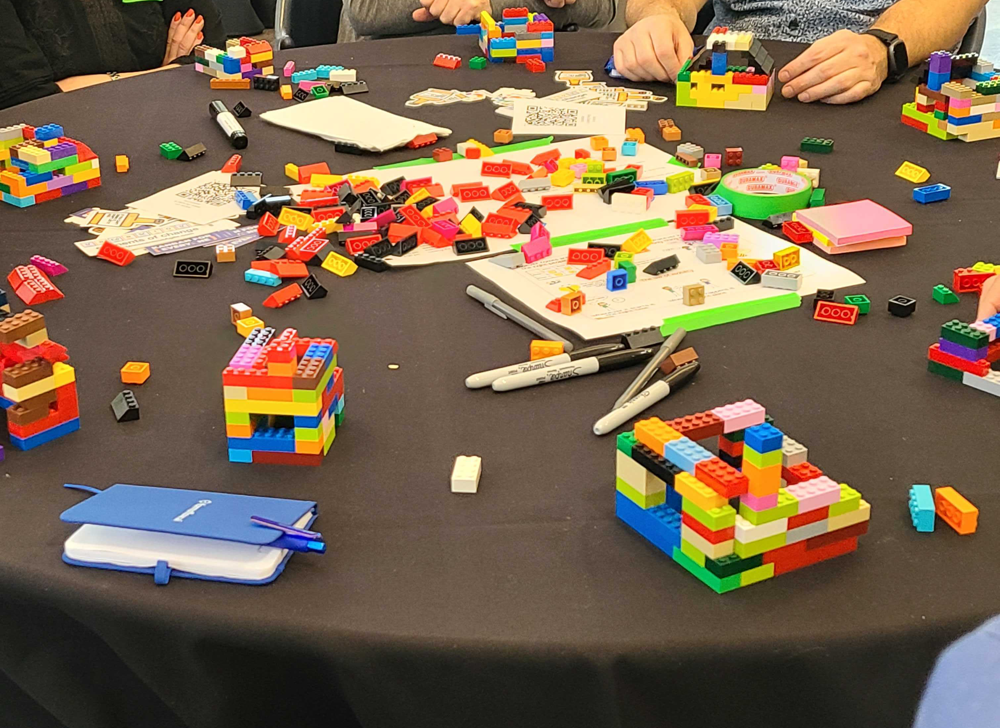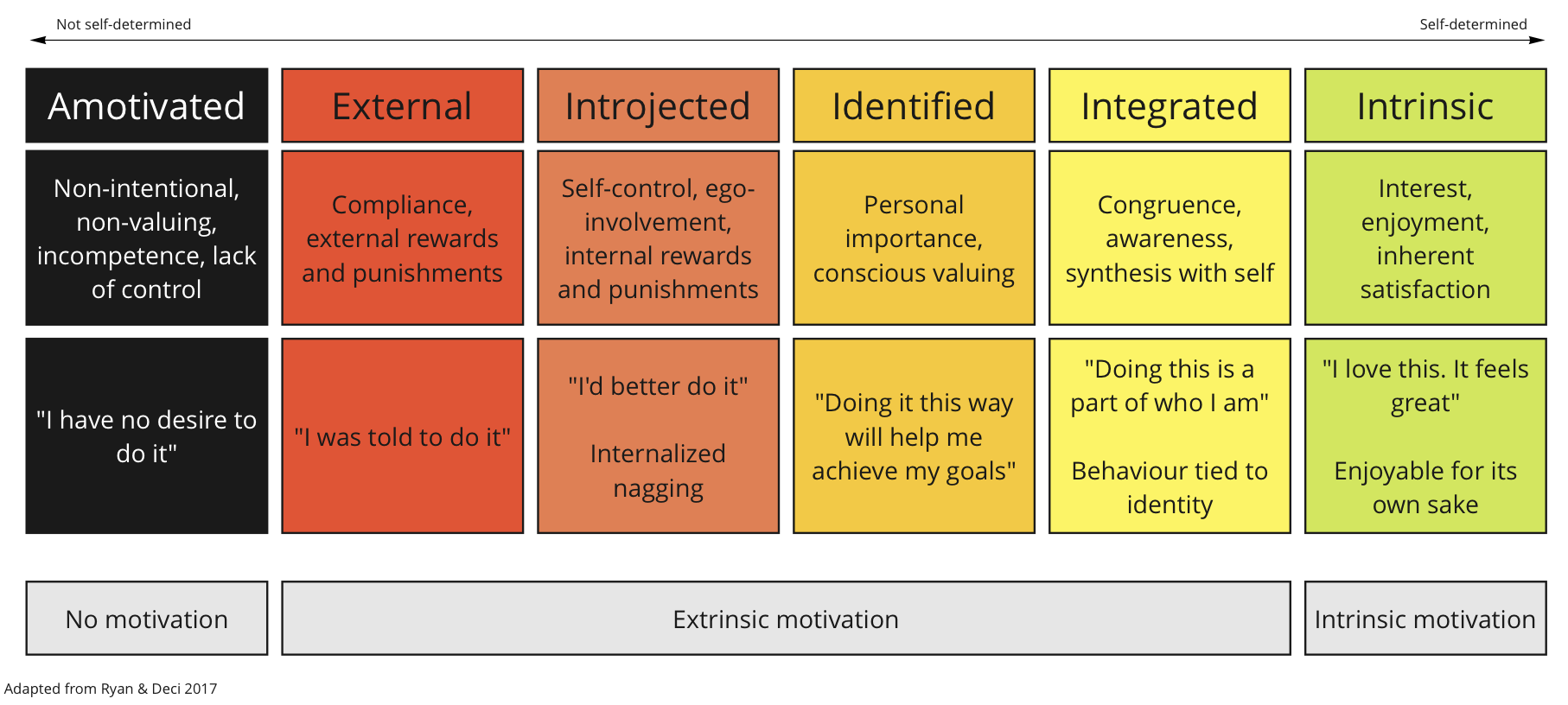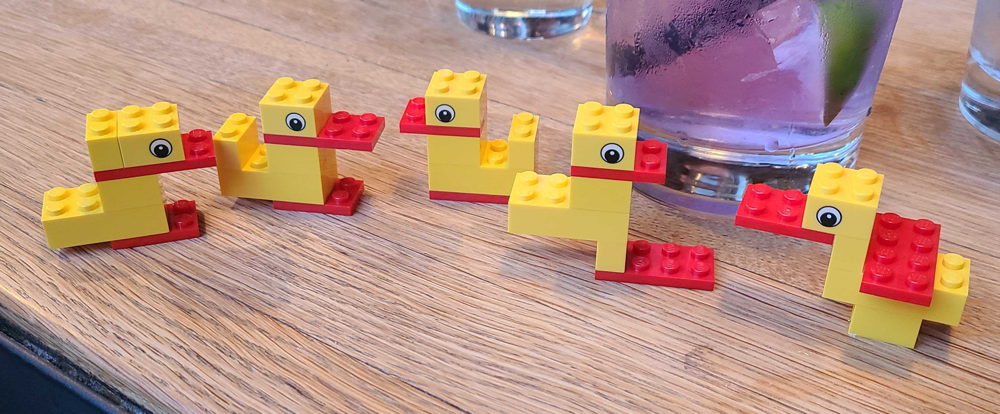Last week at Agile Open Canada, I brought out the LEGO again, to illustrate technical practices. While there is so much we can do effectively remotely, there are some things that really do benefit from being together in the same room, and this is one of them.
I could illustrate technical debt in code over many hours, talking about the various key points and showing how it causes problems. Or I could walk you into a trap with LEGO in five minutes and get all the same learnings, while having them stick more effectively.

There are several reasons why this approach with LEGO is so effective.
- When we’re in a playful state, we tend to feel safer and consequently have more access to our prefrontal cortex, the part of our brain that does higher level, rational thinking.
- Discussing a problem in the context of LEGO also helps us to dissociate from the actual situation. Had we been discussing actual code, we might have been in a position of being critical or defensive about the code we were seeing. With LEGO, we get none of that.
- Being playful almost certainly will result in the release of dopamine, which is a key element for learning. Doubly so if we’re laughing, which almost always happens in these sessions.
- Many people tend to learn better if their hands are busy, as it keeps them focused and in the moment. It’s very easy to get distracted by our phones or by the things around us, and yet when we keep our hands busy, we find it easier to ignore those distractions.
- We tend to be more motivated in these sessions because what we’re doing is enjoyable all on it’s own. That puts us to the far right on the SDT motivation scale.

There are many other exercises for which I use LEGO to illustrate technical practices. I’ve documented them all and encourage you to try them with your groups.
I even pulled out the LEGO over dinner to illustrate concepts of complexity. Using the LEGO duck kits, we can again, in a few minutes, illustrate a concept that’s complex to describe in words.

Although I didn’t at this event, I could have used LEGO Serious Play techniques to run a retrospective or do strategic planning. In all these cases, we’re getting significant benefit from putting the participants in a playful state.
LEGO isn’t the only tool that will work here; it’s just one that I happen to like. The key is to bring out the playful sides of our participants so that they maximize the benefit they’re getting from these exercises.

